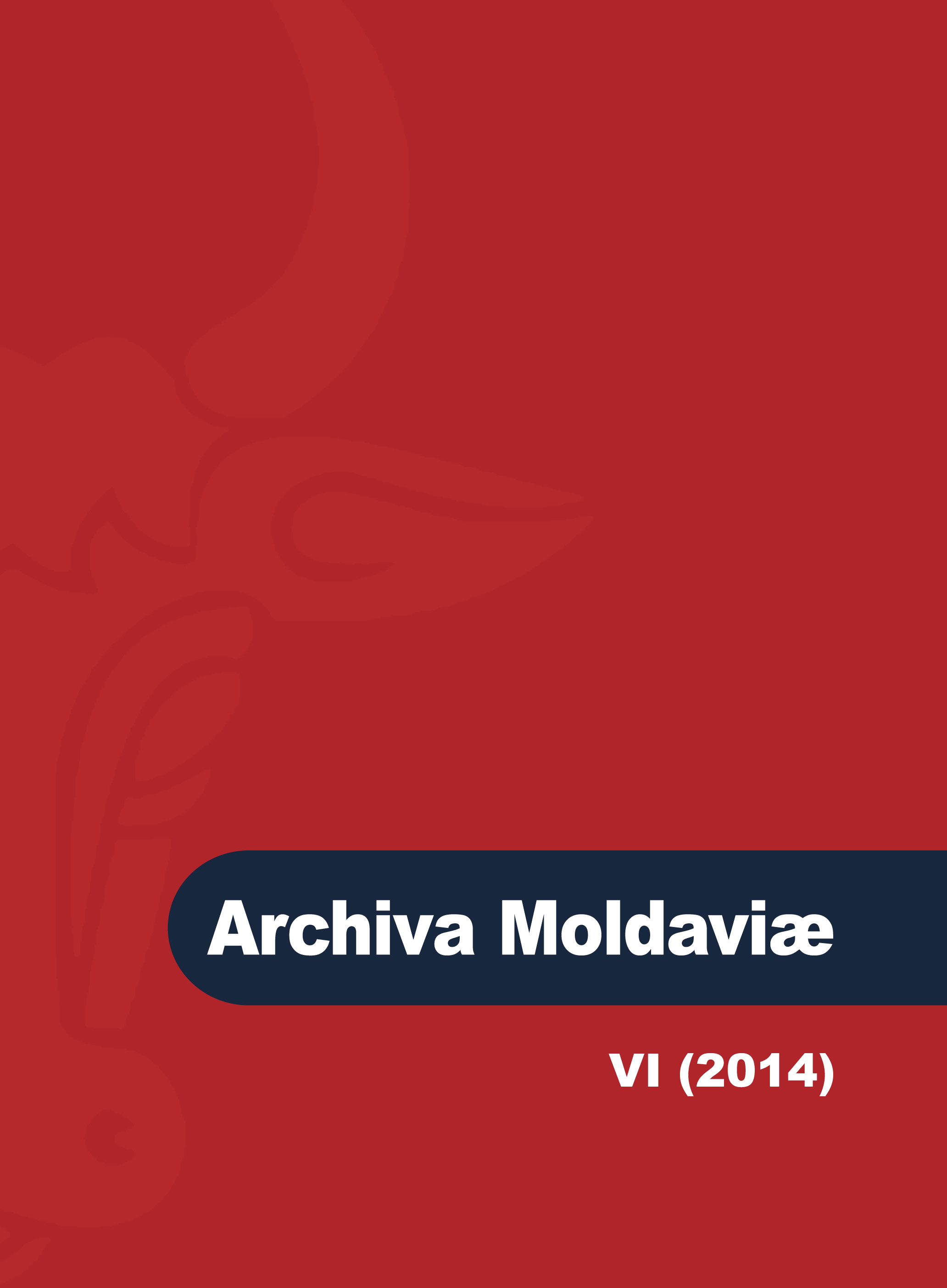Viaţa socială în satele de pe Jijia de Sus în prima jumătate a veacului al XX-lea
Social Life in the Villages of Upper Jijia in the first half of the Twentieth Century
Author(s): Eugen D. NeculauContributor(s): Marcel LUTIC (Editor)
Subject(s): Local History / Microhistory, Social history, Interwar Period (1920 - 1939), WW II and following years (1940 - 1949)
Published by: Societatea de Studii Istorice din România
Keywords: Eugene D. Neculau; Ungureni People’s University; manuscripts; Upper Jijia; Botoşani; social life; family; parents’ instruction; children; games; elderly; old traditions; folk festivals; birth; wedding
Summary/Abstract: Eugene D. Neculau was born on December 29, 1900, in Ungureni, Botoşani. During 1920-1925 he attended the Faculty of Letters (Department of Philosophy) at the University of Iaşi. In 1925 he declines to take up a teaching post at the University of Iaşi, in order to be closer to Ungureni. There, from 1927 to 1947, he led the town’s Cultural House and then the People’s University. Neculau’s undertakings in Ungureni are considered to be one of the very few Romanian successful experiments in adult education. Located alongside the colony-school Soleşti, Vaslui, and Dimitrie Gusti’s Social Services, and extending from the ASTRA’s Haretist movement, Ungureni’s People's University opened up and proposed an alternative way for Romanian villages, a method which aimed to save the village through its own powers. Eugene D. Neculau obtained his PhD in Literature and Philosophy at the University of Iaşi in 1944, writing a thesis on the Conditions and Prospects of a Pedagogy for the Romanian Village. After 1947, the Communist regime banned the activity of the People’s University and Neculau took refuge in the world of archives and libraries, especially in Iaşi and Bucharest. It was here, in these institutions, that until 1970 he completed the manuscripts of Villages of Upper Jijia and People's University in Ungureni. Many Romanian scholars wrote about Neculau’s life and accomplishments. In this respect we mention Mihail Sadoveanu, Vasile Pavelcu, Badin Ovidiu Alexandru Zub, Ovidiu Bârlea Adrian Neculau, and Stephen S. Gorovei, among others. He maintained an extensive correspondence with many other personalities, including Simion Mehedinţi, Gheorghe Kirileanu, Gheorghe Ionescu-Siseşti, priests Dumitru Furtună,Constantin Bobulescu, and historians Teodor Balan, Alexandru Gonţa, C.A. Stoide, Mihai D. Sturdza, and Constantin Turcu. During his life he published relatively little, between 1947-1960 being banned from this activity (Building-up the Romanian Village, in 1936; the first monograph in Romania on J.J. Rousseau, in 1938; a rare and valuable Bibliography of the Romanian Village, in 1942; and after 1960 various materials published in the “Chronicle” of Iaşi, “Yearbook of Linguistics and Literary History” of the Romanian Academy, Iaşi Branch; “Journal of Education”, “Journal of Ethnography and Folklore”, “Historical Magazine,” etc. He died in 1974, probably thinking about the thousands of pages of manuscript left behind. Shortly before his death, at the insistence of George Macarius of Iaşi University, is inspired to submit his archive to the State Archives of Iaşi. The scientific legacy of Neculau is almost unknown. For about 15 years, at the urging of Professor Stephen S. Gorovei, supported by Mihai D. Sturdza and Manuela Gheorghe Macarius, I began the journey of publishing this unique scientific work. Four volumes of social history and genealogy have seen the light of day so far: a chapter on the “Villages’ Civilization”, and other three sub-chapters from the “Village Culture” (namely, the Economic Life and the part dedicated to empirical medicine from Intellectual Life); finally, the chapter titled Social Classes and the Relationship Between Them. It is possible that the total amount published so far to represent about a quarter of the brilliant socio-ethno-historical monograph manuscript, Villages of Upper Jijia. The material published here is part of Chapter II of the first volume (following one of Neculau’s divisions), chapter entitled “Village Culture”. Title of the original material is Social Life. The title under which it is published here is an adaptation from the author’s sub-titles. Introducing the reader to the life and work of this personality of our nation, we considered that the first lines can stay together under one title that we deem meaningful, eloquent, and comprehensive: Eugen D. Neculau – A forgotten Researcher of Moldavian Villages and a Devoted Friend of Romanian Archives. During demonstrations and flawless logic, the Neculau examines the theme chosen almost exhaustively, primarily from a sociological perspective. First of all he researches the life of the village-man within the context of the family. This family gave birth to the “ancient school of the parents”, the foundation of which being work and need. Entire pages are then dedicated to children, the latter constituting “permanent social groups that remain the same”. Thus, each stage of human development is analyzed in detail, with lots of fascinating details. The status of the elders in the rural family is not forgotten, a few pages managing to plainly reveal what the elders once meant for Romanians. After a brief review of spiritual kinship, the beginning of the second part treats the unwritten rules of the village community. Neculau insists that “from generation to generation traditions (i.e., customs and habits) are transmitted and respected along with all kinds of usages, ceremonies and rites.” Continuing this theme, other popular celebrations are explored, beginning with the New Year and finishing with the rites of passage in the life of the pre-modern man: the birth and baptism, marriage and wedding, and death and funeral. Other topics, such as public opinion, national, civic, and political life, along with a few social processes and social tendencies, are briefly discussed towards the end of the manuscript.
Journal: Archiva Moldaviae
- Issue Year: VI/2014
- Issue No: 6
- Page Range: 429-497
- Page Count: 69
- Language: Romanian

